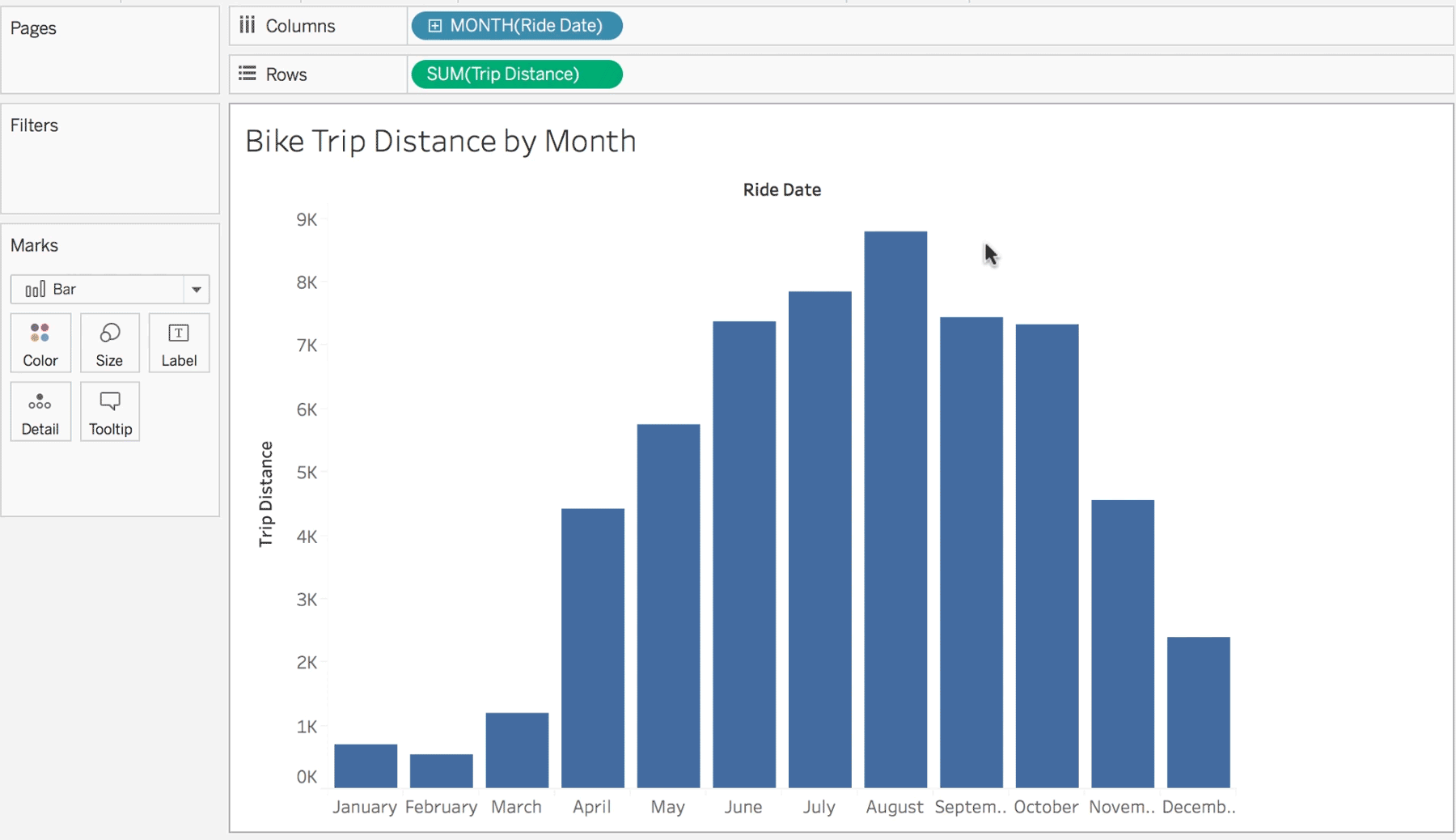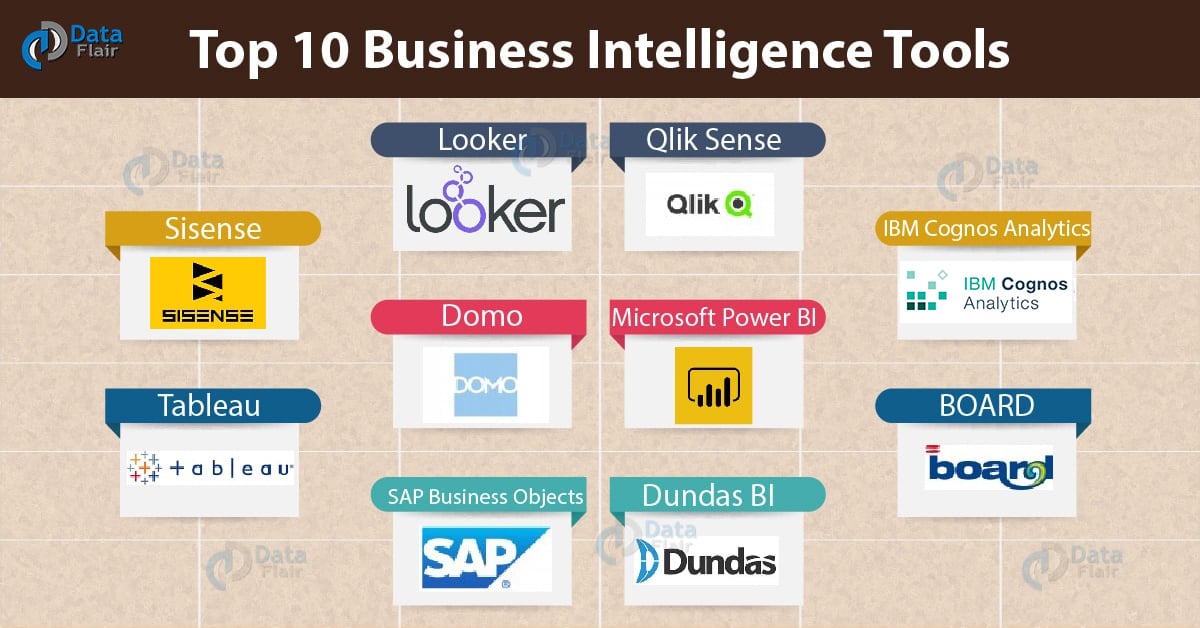

When a lead goes cold, the sales and management teams are alerted so that action can be taken to re-engage the lead. Under their current business rules, a lead is considered “cold” if there hasn’t been communication in 5 days. For example, a sales organization has BI Tools that use data to track engagement with their leads. Many effective dashboards use benchmark metrics to show if a department is doing well or not. Limitation 2: There is a Reliance on Static, and sometimes Arbitrary Business Rules. Using statistical techniques, you can differentiate the sources of inefficiencies by cutting through all the noise in your data to find systemic issues.

With machine learning you can ingest large amounts of data to identify orders at risk of being late based on key variables. It is also hard for a single person to separate the individual events from the overall effects. Especially when changes are happening in real time. With so many variables that could affect the timeliness of your orders (number of employees, truck availability windows, congestion in areas of warehouses, etc.) it’s nearly impossible to combine all of the information and see the bigger picture in a timely manner. Even the best dashboard can exclude important information since they focus solely on specific business questions.įor example, at a logistics company, dashboarding shows every detail around the supply chain and warehouse inventory. Additionally, you have higher chances of missing key insights due to human error and the inability for efficient reporting to fully cover all segments of detailed data. This often results in a delayed discovery of vital insights and overlooking key data. That being said, you must also rely on your business users to ask the right questions to develop helpful reports. The good news is that a modern data warehouse eliminates the risk of reporting on inaccurate or untimely data by organizing information in a manner that enables fast and reliable reporting. Limitation 1: Useful Insights, Trends, and Patterns Arise only When Looking at the Right Data, within the Proper Context. With that in mind, there are some common limitations that many organizations encounter when relying on these tools alone. The ability to analyze both past and present events unlocks information about the current state and is essential for remaining competitive in today’s data forward market. Typical BI implementations allow business users to easily consume data specific to their goals and daily tasks. This allows you to respond quickly to changing conditions or get in front of potential business challenges.Ĭommon Limitations with Business Intelligence Tools and How Data Science Can Helpģ Common Challenges with Business Intelligence (BI) Implementations Data Science tactics such as statistical modeling and machine learning make identifying what may happen equally as accessible as understanding what has or is currently happening. While understanding your past and current state is a great start, I’ll let you in on a little known secret… adding predictive analytics and automated insights into your existing dashboards can give you better insights, predict future outcomes, and is not as difficult as you may think.

One of the most common limitations with business intelligence tools, however, is that they don’t often enable you to predict what’s likely to happen in the FUTURE.Ĭase Study: See the benefits of Data Science in action in this case study on how we used a machine learning solution to predict Customer Lifetime Value (CLV) for a Chicago retailer.

When implemented correctly, these tools help you to quickly answer questions around what is CURRENTLY happening and make your day to day tasks and vital business decisions much more informed and effective. If you’re like most modern data-driven organizations, you’re probably already using Business Intelligence tools such as PowerBI, Tableau, or Looker to visualize various KPIs, trends, and other detailed information related to daily functions.


 0 kommentar(er)
0 kommentar(er)
